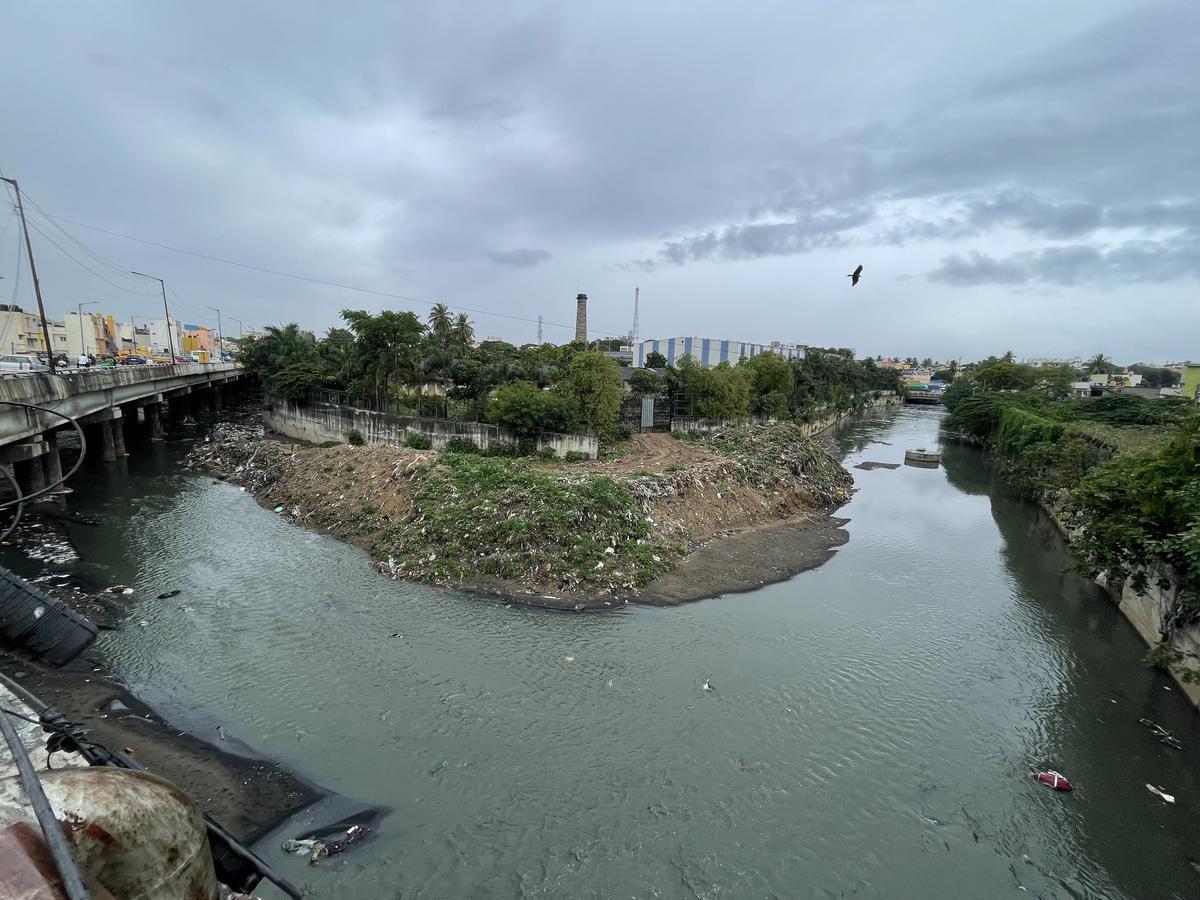In a historic city restructuring initiative, Bengaluru's expansive Bruhat Bengaluru Mahanagara Palike (BBMP) is giving way to five separate municipal corporations under the Greater Bengaluru Authority (GBA), in an effort to decentralize administration, increase administrative efficacy, and upgrade citizens' services in the city.
Key Highlights: The Five New Corporations and Their Structure
The five new proposed corporations are Bengaluru South, Bengaluru West, Bengaluru East, Bengaluru North, and Bengaluru Central, which together encompass the current BBMP area of around 712 square kilometers.
Bengaluru South City Corporation will be the biggest by assembly segments, covering nine seats that include high-revenue zones like Bellandur, a prominent tech corridor and big earner of property tax collections.
Bengaluru East Corporation, which is spread over approximately 168 sq km, comprises two assembly segments—Mahadevapura (except Bellandur) and KR Puram—with the largest estimated yearly property tax income of about Rs 912 crore.
Bengaluru West is expected to be most populous with 4.5 million, whereas Bengaluru Central, the smallest in terms of area (78 sq km), is likely to be most densely populated—with more than 32,000 persons per sq km—and comprises central constituencies such as CV Raman Nagar, Chamarajpet, Gandhi Nagar, and Shivaji Nagar.
Five assembly constituencies—like Rajarajeshwari Nagar, Dasarahalli, RR Nagar, and Yeshwanthpur—are divided between two corporations, driven by administrative convenience rather than a strict following of constituency limits, which has caused some local apprehensions.
Cumulatively, the five corporations can expect to collect over Rs 3,400 crore from property taxes every year, with the least (about Rs 543 crore) being collected by Bengaluru North.
Administrative Structure and Way Forward Every corporation will have its own commissioner, council, budget, and administrative structure, while working under the umbrella of the Greater Bengaluru Authority, headed by the Chief Minister.
The draft notification is open for public objections and suggestions within 30 days, to be submitted to the Urban Development Department.
The government of Karnataka aims to complete boundaries and conduct elections shortly, with complete implementation within four months of the notification date.
Citizen-Centric Goals and Challenges
The reform seeks to enhance scalability and administrative feasibility, providing improved accessibility and participatory governance for Bengaluru's heterogeneous population.
Although attempts have been made to equalize population concentration and revenue potential, imbalances remain, not least in balancing densely populated but lower-revenue western sections against commercially rich but less densely populated eastern sections.
The department is also viewed as central to enabling directed infrastructure development, transit-oriented development, and service delivery that is based on localized demands.
This new form of multi-corporation setup is a major step in the development of Bengaluru's governance, which foresees a more decentralized, efficient, and citizen-friendly city government without diluting the city's single metropolitan identity.
Sources: Times of India, The News Minute
